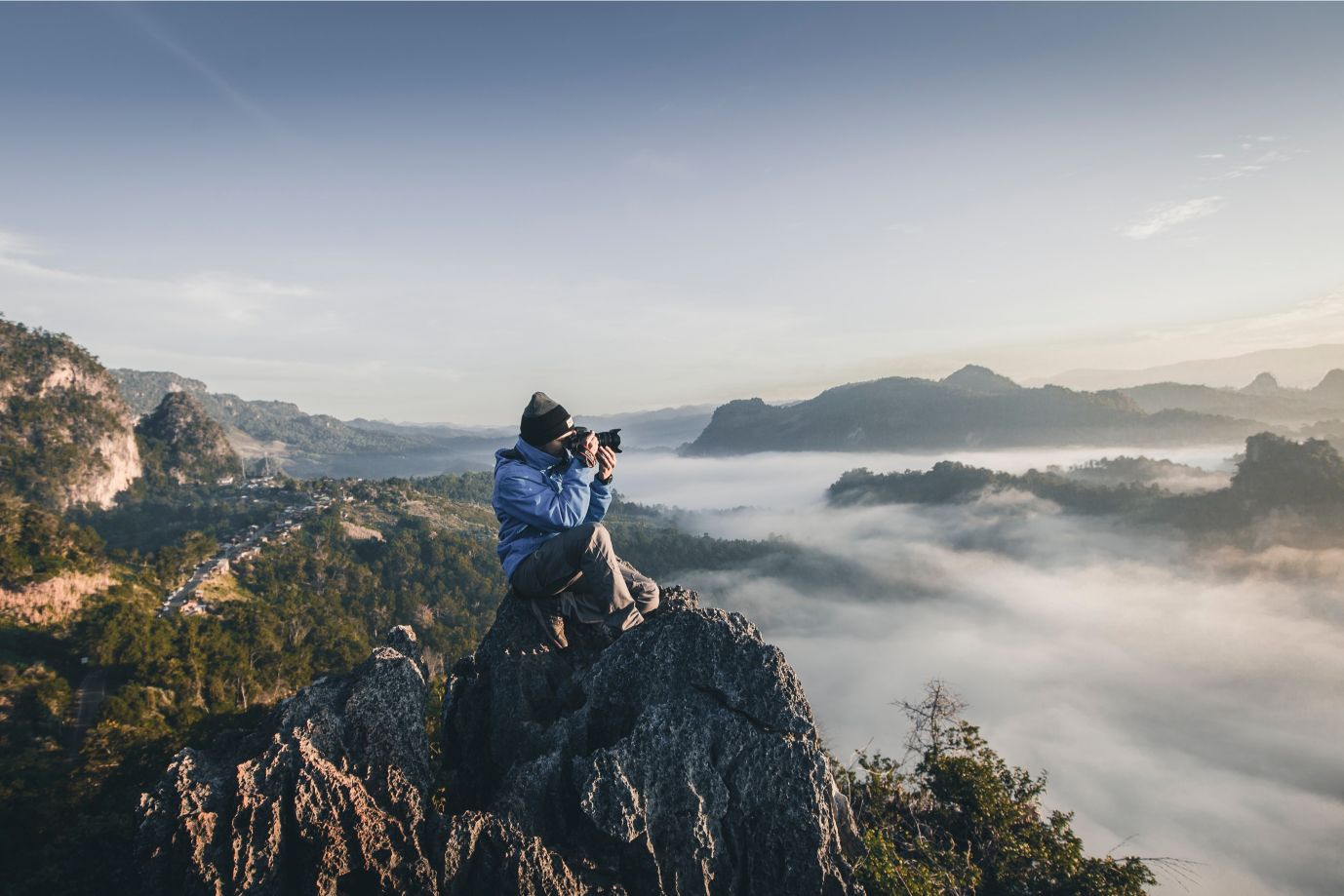
Outdoor photography can help you see things in a different way. It can help you notice details you never would have noticed before; the smallest patterns on a market stall in a narrow Moroccan passageway, or the varying shades of green that line a high-rising a forest on a mountain hike. It can make you get up stupidly early to see a sunrise you would’ve missed, or take a slight detour to get to that viewpoint a bit out of the way… just in case it’ll make a beautiful shot.
That said, when you first get into outdoor photography, it can be quite overwhelming. You’ve got the camera. Sure. You’ve even got all the lenses and the camera bag to go with it. But how do you make sure you get the shot? We got in touch with Katja, who guides an outdoor photography course in the Slovenian Alps, to ask for some tips on getting started.
Here are four quick outdoor photography tips from a pro on how to be properly prepared with your camera.
1. Know the Area
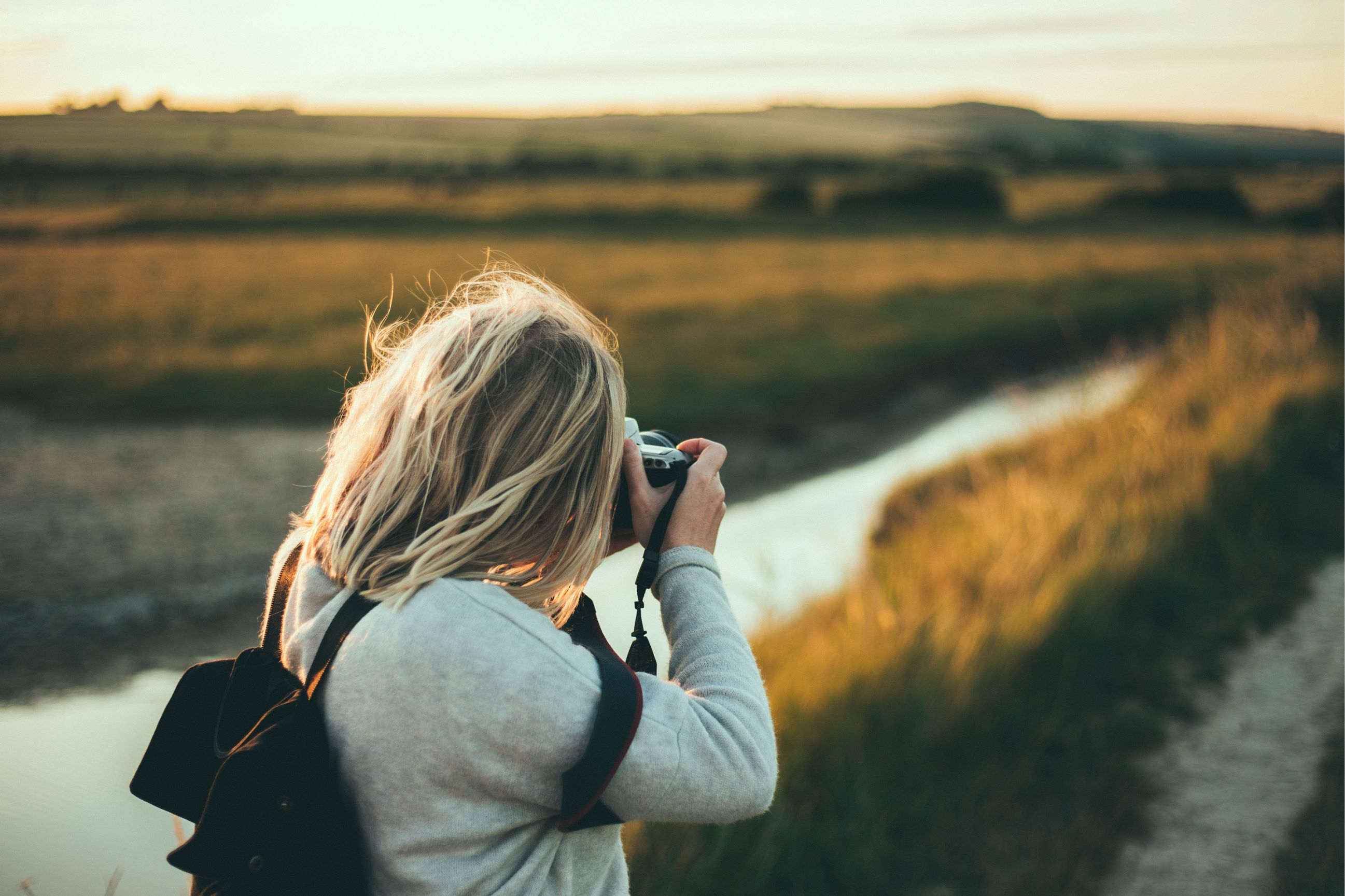
A lot of outdoor photography is just going out there, having an adventure, seeing where you end up and then getting your camera out whenever you see something nice along the way. But if you really want to get the best photographs, then you’ll want to know the area you’re heading to as well as you possibly can.
“Landscape photography is partly about being in the right spot at the right moment and partly knowing what are you searching for,” Katja says. “Have a plan and know what you want to shoot. Know the area and know the climate. Do location scouting and use an app to see when and where the sun comes up and goes down.”
To provide a little example, there’s a good chance you know how the sun hits your local hills a lot better than you’ll know how the sun rises or falls over the Norwegian fjords, or when the mist normally falls over the area. It’s also likely you’ll know the best viewpoints of the outdoor spots you most commonly frequent and where to get the best angles, the better you know the area. Of course, if you’re on a guided trip, you can tap into your guide’s knowledge too!
Outdoor photography, as with any adventure, is always going to be a game of chance to a certain extent, but by doing this you’re leaving as little to chance as you possible can.
2. Pack Late and Rise Early to Make Sunrise
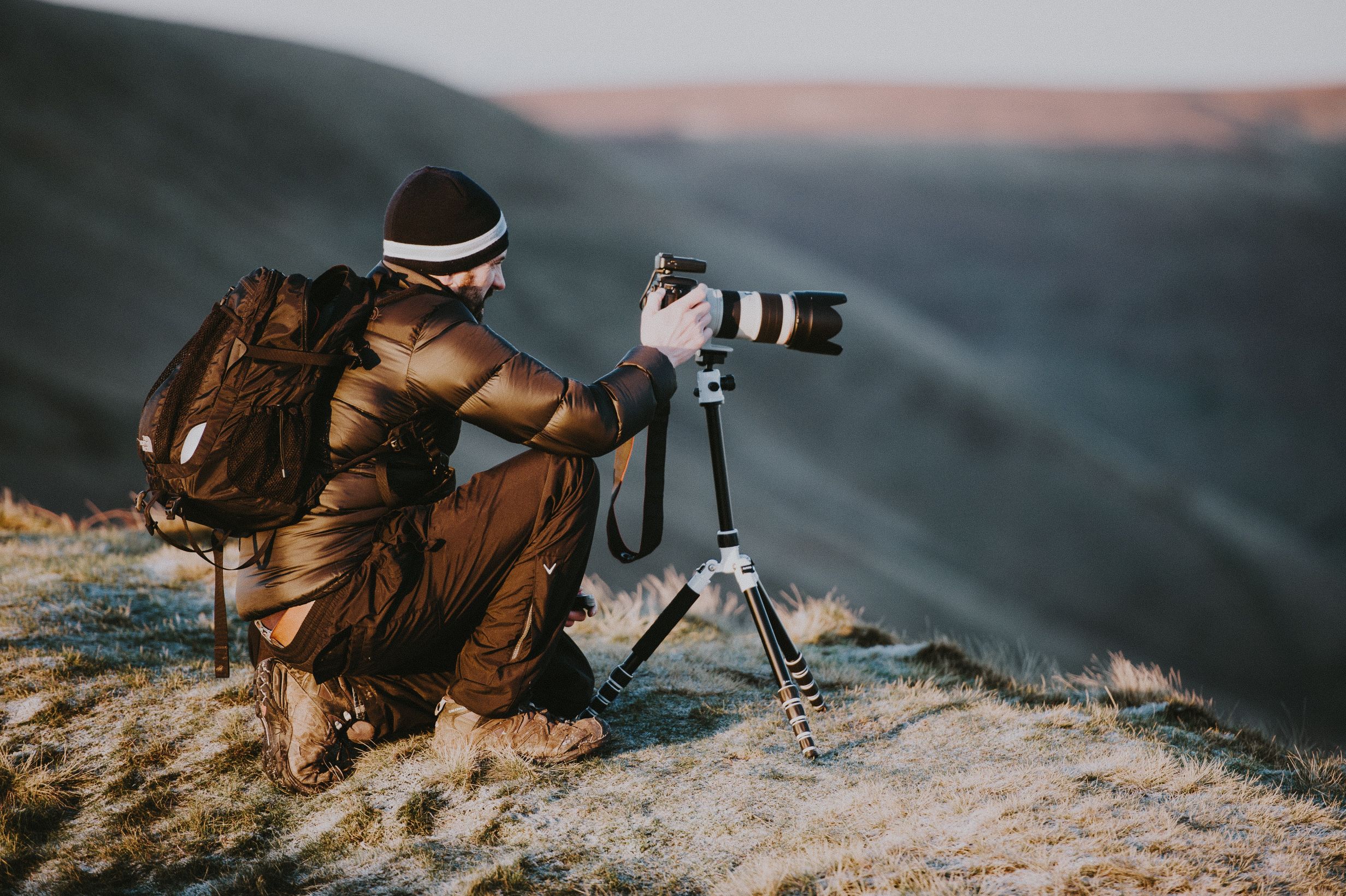
So, you know what you want to shoot. Now, you need to get your stuff ready well in advance, so you’re not faffing about before you need to leave or when you should be shooting.
This particularly applies for early rises and, specifically, ensuring you pack the night before them. Do so and you won’t be delayed leaving your hotel, hostel, mountain hut or tent because you’re sorting out your gear. Fail to do so and you miss risking a beautiful skyline.
“Be there on time or even a bit earlier,” she says. “The worst feeling is to miss the sunrise for a couple of moments by being too slow getting up in the morning. And prepare all of the equipment beforehand so you don’t lose time cleaning up the lenses on location.”
3. Keep Your Stomach Full!
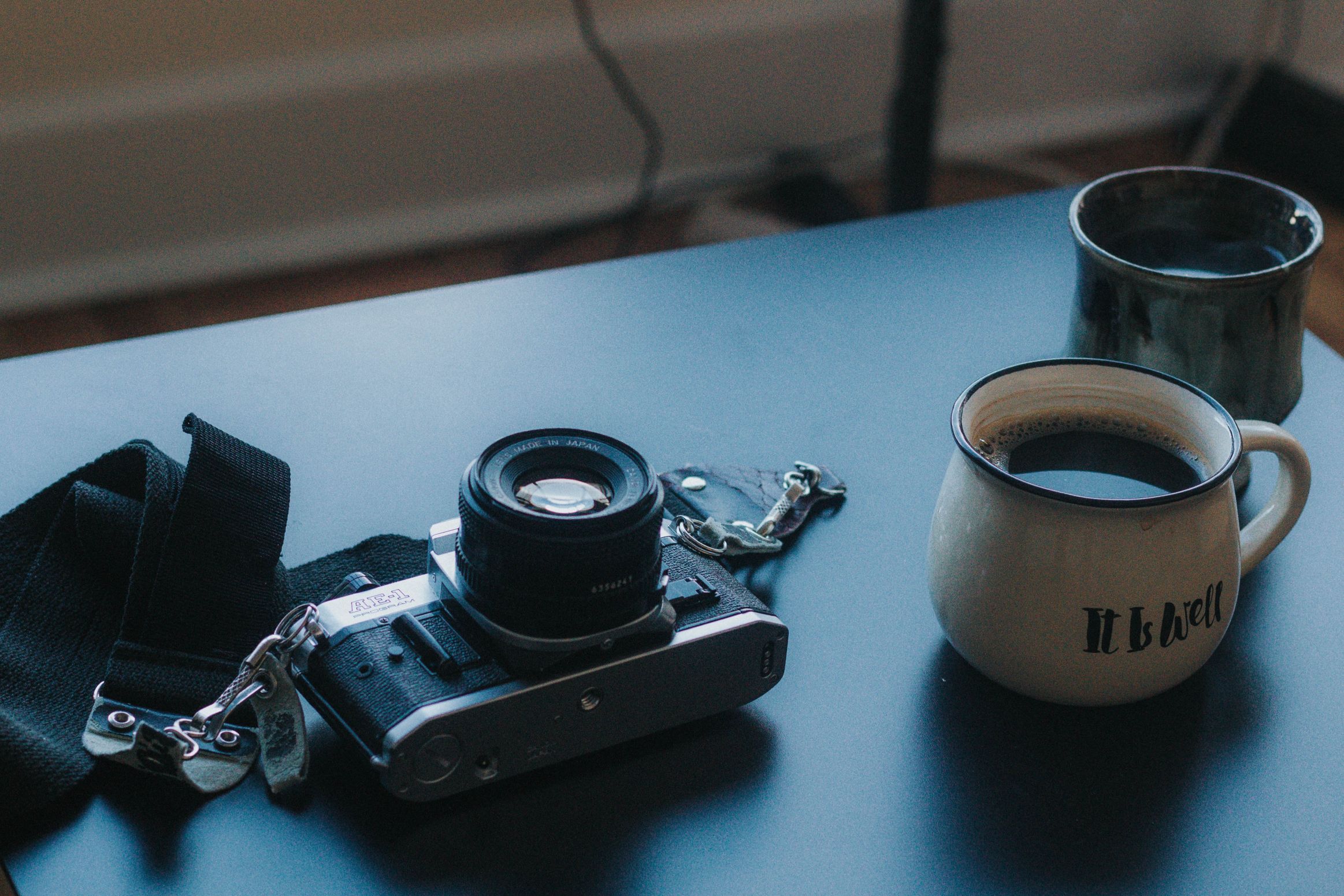
You should never do anything on an empty stomach. That’s our general rule for life. And it’s one of Katja’s tips for outdoor photography as well. Take plenty of snacks and hot drinks along with you on a shoot and you’ll find it a much more comfortable, relaxing experience.
“Never take photos hungry,” she says. “I like to make myself coffee and pancakes to go. The most enjoyable breakfast you can imagine!”
Picture the scene. You’re up early. You’ve hiked up to a beautiful viewpoint. You’re drinking coffee and eating pancakes, looking out over the endless green forests and rugged mountains of Slovenia. And then the sun rises over them. Coffee down. Camera out!
4. Expect the Unexpected
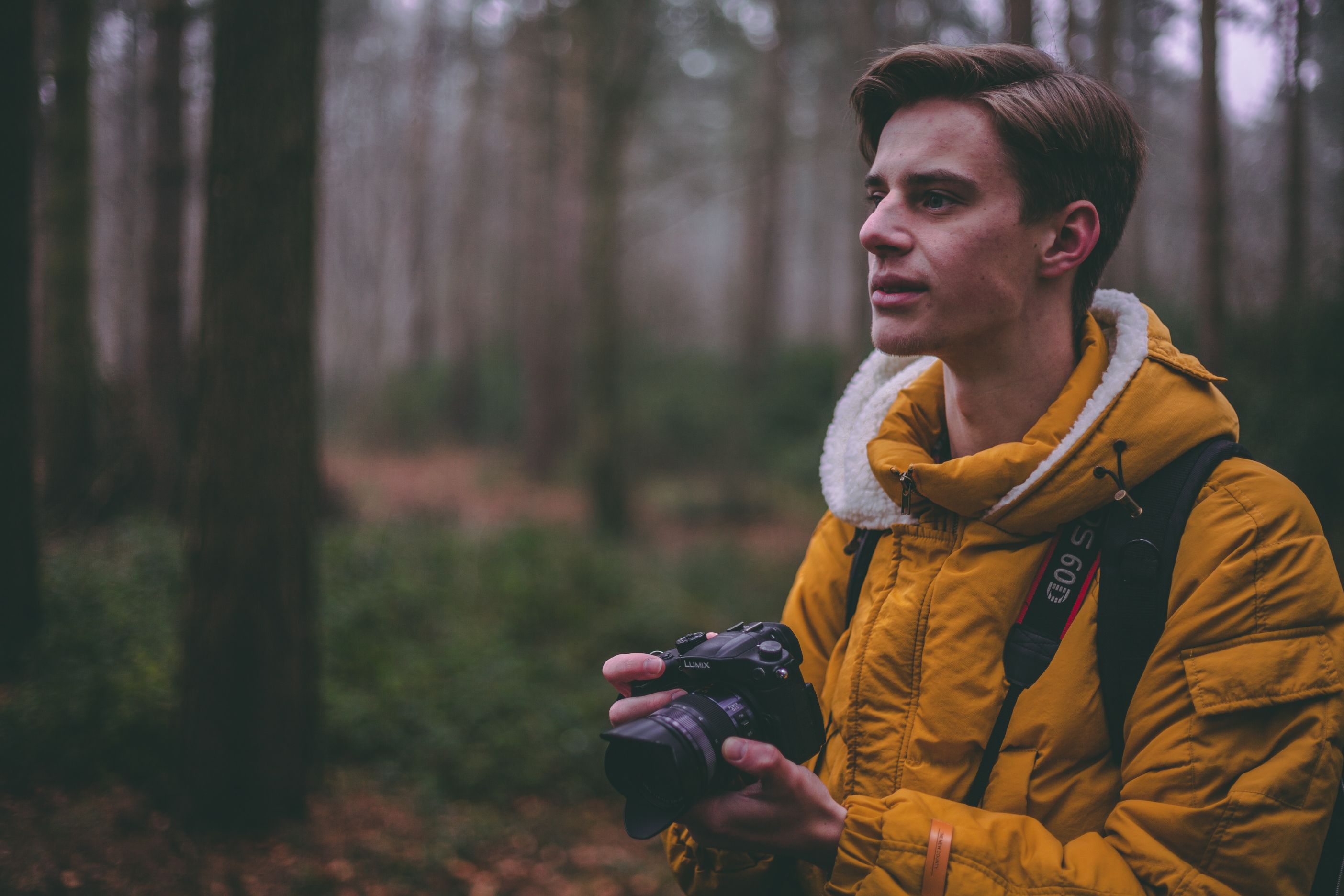
Katja’s biggest tip for outdoor photography is just to be as well prepared as you can be – as you can probably tell from tips number one through three. But as a seasoned adventurer, Katja is also well aware that, when it comes to dealing with the great outdoors, the natural world and in particular, the weather, there’s only ever so much you can do.
“Being well prepared helps, but nature will always surprise us,” Katja says. “So one last thing is – have the idea… but expect nothing. The weather is unpredictable, but this is often what makes landscape photography so fun. You can hardly ever recreate or recapture a shot, even if it’s been taken from exactly the same spot another day.
“Sometimes it just takes a lot of patience and persistence to eventually get the shot!”
Inspired? Test out your photography skills in the wild, on one of our adventure holidays around the world.

